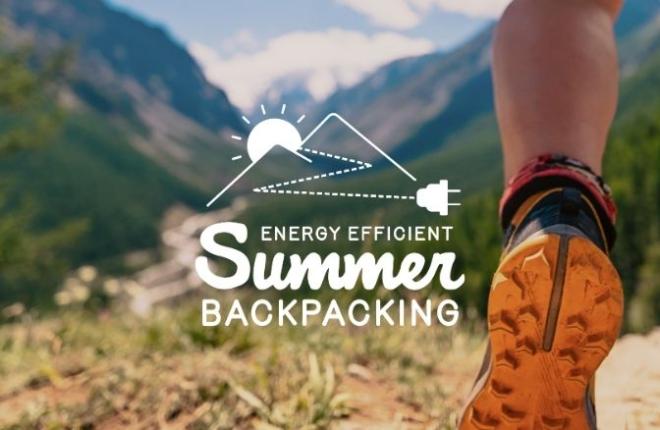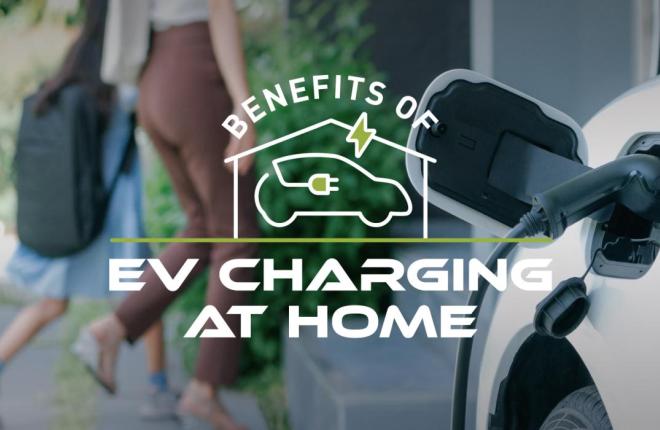
May 20, 2020
18 Stay at Home STEM Activity Sites for Learning and Fun
While we all stay at home and social distance, parents and teachers are searching to find the best resources to bring STEM (Science, Technology, Engineering, and Math) activities to students. As a mom of four kids, I too want to keep my children engaged while I supplement their school studies with STEM activities. What I find most important are the memories we’re making as we learn and laugh together while working on these projects.
I scoured the internet to find fun and engaging STEM activities that range from 10 minutes to 10 hours and, best of all, they are free. Below are some of my favorites:
-
The James Dyson Foundation’s mission is to inspire future engineers. Dyson engineers have designed challenges specifically for children. Ideal for home or in the classroom, they encourage inquisitive young minds to get excited about engineering. For free science and engineering challenges, such as skewering a balloon without popping it, coating a nail in copper, making a lava lamp or an underwater volcano, understanding potato power, and more, download or just view these 44 free challenge cards.
-
KiwiCo’s mission is to inspire young innovators with seriously fun and enriching science and art projects. The website provides plenty of quick and easy at-home activities for all ages to explore science, including invisible ink made with lemon juice, baking soda-powered boats, underwater fireworks, ping-pong glow lights, pasta rockets, and a lung model made with balloons.
-
National Energy Education Development (NEED) trains and assists teachers in harnessing the energy of the classroom – the energy of students. NEED works with education and energy advisors to design and deliver professional development opportunities for teachers that not only educate but also energize their classrooms. NEED curriculum is organized by grade level, easily differentiated, and encompasses multiple subject areas including the sources of energy, efficiency and conservation, electricity, transportation, and climate science.
-
These easy games, activities, fairs, and more from NEED reinforce energy content in a fun, artistic, and hands-on way.
-
Popular NEED projects include building an Energy House, an activity using common household items such as aluminum foil, cardboard boxes, bubble wrap and weather stripping to explore energy conservation and how different insulating materials work, as well as the Solar Oven Challenge to explore the relationship of energy transfer from radiant to thermal energy.
-
Bill Nye the Science Guy’s website features video episodes on topics related to life science, physical science and planetary science, and home demos for experiments to try at home.
-
Mark Rober, former NASA engineer, and current YouTuber has created online science classes for STEM subjects. The videos marked Science Class are informative and entertaining.
-
Energy Information Administration (EIA’s) Energy Kids has energy lesson plans, as well as activities and easy-to-understand information pages with puzzles, experiments, and ‘field trips’ suited for students wanting to learn some of the basics of energy and its role in our society.
-
Department of Energy (DOE) Videos has an extensive library of videos covering everything energy, such as different types of nuclear reactors, electric vehicles, and even 3D printing submarines.
-
The Carbon Footprint Calculator estimates your footprint in three areas: home energy, transportation, and waste. Everyone’s carbon footprint is different depending on location, habits, and personal choices.
-
Energy4Me teaches students about energy sources we use every day and their impact on the environment. Also, look at careers in the energy industry if you’re charged up about energy.
-
Switch Energy Alliance (SEA) is a great source of videos on energy science from experts in the field, energy curricula and presentations covering the ever-changing energy sector.
-
SWITCH is SEA’s award-winning documentary that explores the world’s learning energy sites and speaks with the international leaders driving energy today.
-
PhET Interactive Simulations provides math and science simulations that engage students through an intuitive, game-like environment where students can learn through exploration and discovery.
-
NASA Climate Kids provides fun, interactive learning and games that teach kids about topics, such as how the greenhouse gas effect works, coral bleaching, and offsetting carbon emissions.
-
Center of Science and Industry (COSI)’s Digital Doorway offers fun, at-home science discovery and learning.
-
U.S. Green Building Council provides lessons and activities that are well-suited for distance learning, and ideal for implementing at home while being academically rigorous and fostering sustainability literacy.
-
Smithsonian Science Education Center (SSEC) has free hands-on STEM activities that use simple materials you can find at home.
-
Cincinnati Zoo Home Safari welcomes virtual visitors each day at 3 p.m. EDT, where they will highlight one of their amazing animals and include a fun activity that visitors can do from home.
-
Chicago’s Brookfield Zoo Brings the Zoo to You each weekday at 11 a.m. CDT when you can join a live chat with their animal care staff and the animals. Also, each week they will share new ‘I Scienced’ at-home e-learning resources to build on what you learned in the live chats.
--
About Tri-State
Tri-State is a power supply cooperative, operating on a not-for-profit basis, serving electric distribution cooperatives and public power district member-owners in four states. Together with our members, we deliver reliable, affordable and responsible power to more than a million electricity consumers across nearly 200,000 square miles of the West. Visit www.tristate.coop.
Blog Posts

Protecting Your Home Year-Round from Wildfires

Summer Backpacking: Solar Power, Energy Efficiency, and the Best States to Visit

Beat the Chill: Effective Insulation Strategies for Winter Comfort

Energy Efficient Heating Options for Rural Communities in the West

Energy Efficient Tips for Outdoor Fall Entertaining

Boost Your Business with EV Charging

The Benefits of Having Your Own EV Charger at Home

Geothermal Heat Pumps: Harnessing Earth's Energy for Your Business


